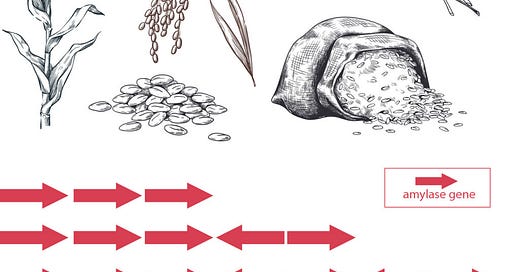How Agriculture Shaped the Human Genome for Starch Digestion
The Genetic Impact of Agriculture on Human Evolution
Over the last 12,000 years, a pivotal shift occurred in the human genome, driven by the advent of agriculture and the shift to a carbohydrate-rich diet. A new study conducted by an international research team, including scientists from the University of California, Berkeley, and the University of Tennessee Health Science Center, has revealed that humans…
Keep reading with a 7-day free trial
Subscribe to Anthropology.net to keep reading this post and get 7 days of free access to the full post archives.


